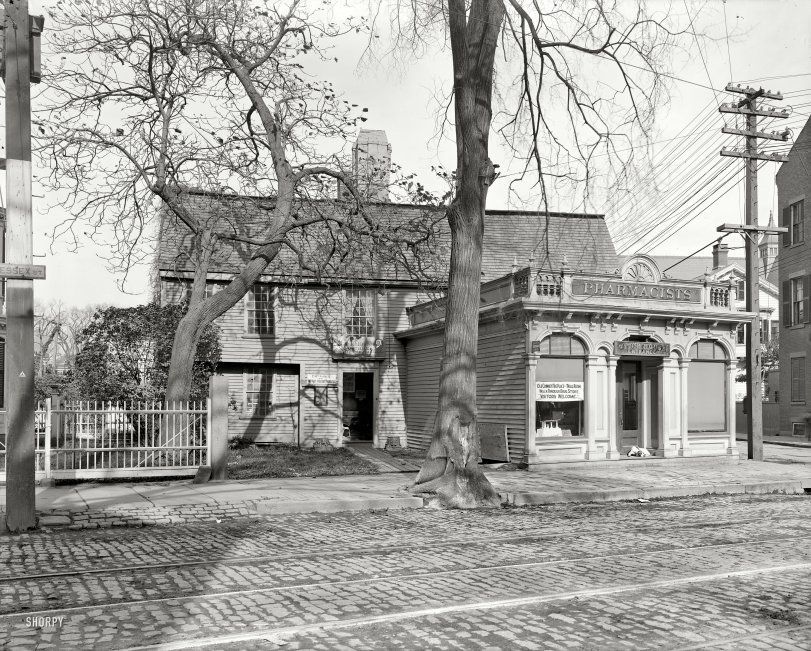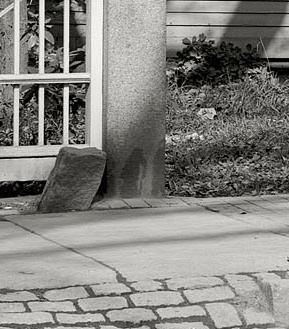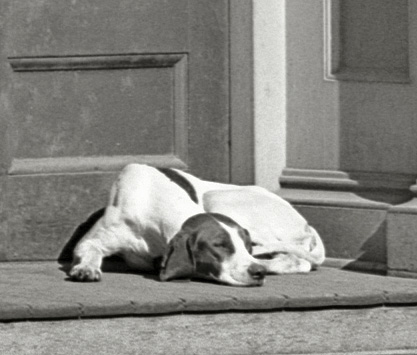


Framed or unframed, desk size to sofa size, printed by us in Arizona and Alabama since 2007. Explore now.
Shorpy is funded by you. Patreon contributors get an ad-free experience.
Learn more.

- Baldwin 62303
- Baldwin VO-1000
- Cold
- No expense spared
- Tough Guys
- Lost in Toyland
- And without gloves
- If I were a blindfolded time traveler
- Smoke Consumer Also Cooks
- Oh that stove!
- Possibly still there?
- What?!?
- $100 Reward
- Freeze Frame
- Texas Flyer wanted
- Just a Year Too Soon
- WWII -- Replacing men with women at the railroad crossing.
- Yes, Icing
- You kids drive me nuts!
- NOT An Easy Job
- I wonder
- Just add window boxes
- Icing Platform?
- Indiana Harbor Belt abides
- Freezing haze
- Corrections (for those who care)
- C&NW at Nelson
- Fallen Flags
- A dangerous job made worse
- Water Stop
Print Emporium
Salem Witch House: 1906

Salem, Massachusetts, circa 1906. "The Old Witch House." In the best Early American tradition, a blending of history and retailing: The Witch House Parlors (enter through the antique store) and Witch House Trial Room (right this way through the pharmacy). 8x10 glass negative, Detroit Publishing. View full size.
Guy Wire
That line from the utility pole to the tree appears just to be a guy wire to stabilize the top-heavy load of all those wires and crossarms. It may have been temporary, but they took the trouble to "pad" the tree from the cutting effects of the wire. More interesting is the line on its lowest crossarm - the "box" on it with two junctions bears resemblance to more-modern CATV or telephone cable equipment.
I'm confused
Dave, help me make the connection between this Witch House and the one here.
Is this the same house? The photos are the same year, but the streets look entirely different.
[That's because they're two different streets. The other photo was taken around the corner. -Dave]
Antiquated
An antique shop in 1906. Never really thought about that and it made me wonder when the idea of shopping for antiques started. I'd love to see what they had!
Toby was Here
It appears that Toby recently "hung out" here more than once.

Dying for a peek
Of that antique store interior. One can only dream what buyers considered "antique" worthy of purchase in 1906. Must be loaded with true early American treasures!
Greatly Defaced
The Pharmaceutical Era, September 15, 1893.Farrington's drug store, at the corner of Essex and North streets, Salem, is built out from one of the oldest houses in that city of historic interest. The "Witch House," as the building is commonly called, was at one time occupied as a residence by Roger Williams when he was settled over the parish of the First Church In Salem. It derives its name of the "Witch House" from the fact that Judge Corwin also lived here, and held many of the trials of the so-called witches in his house. The proprietor of the drug store kindly shows visitors the room in which these trials were held. He uses it as a storeroom, and the door communicating with it from the store proper is cut through the massive old chimney of the house. The room even now has a suggestion of melancholy hanging over it; the low ceiling is crossed by heavy oak beams, the windows are small and are shaded by the trees outside, and the rustling of some dried herbs hanging from the ceiling, as the wind stirs them from the open door, gives one a feeling that the witches may still haunt the place. The cheerful brightness of the outer store is a pleasant contrast.
The Architectural Review, November, 1908.“The Witch House,” at the corner of North and Essex Streets, was standing, in part, in 1675, when the chimneys were taken down and the building remodeled. In this house lived Jonathan Corwin, one of the judges of the witchcraft court, and here some of the preliminary witchcraft examinations were held. It yet retains the overhanging second story, but has of late years been greatly defaced by a modern drug-store, which grows out of its side like some excrescence, indicative of age and of disease.
Treeline
What's with the line running from the big tree in the foreground to the telephone pole?
It was 56 years before the first Walmart
Yet this pharmacy had its own greeter.
Stil there. Still spooky!
But the pharmacy looks long gone.
The church whose steeple can be seen in the background? Also there!
Think I'll take a nap.
Is that the Salem Witch Welcoming Committee sleeping in the doorway?
Also note the chamferred edges of the telephone pole. Fancy.
Woof
The important social element is the loose dog, which was not in those days a public emergency. In fact as recently as 1960 loose dogs were part of the landscape, and played with loose kids, and learned stranger-based social skills.
Dog catchers were for problem dogs, not loose dogs.
It all changed in the 1980s with TV ratings-based pit bull hysteria.
The Pit Bull was America's dog and the official WWI mascot.
[It's hardly hysteria -- in the annual rankings of Fatal Attacks by Breed, pit bull type dogs take the No. 1 spot, accounting for around 59 percent of deaths by dog bite in North America -- more than all other breeds combined. - Dave]
Sunbathing
Faithful Toby, guarding the front door and taking in a few rays, won't let any witches escape.

























On Shorpy:
Today’s Top 5